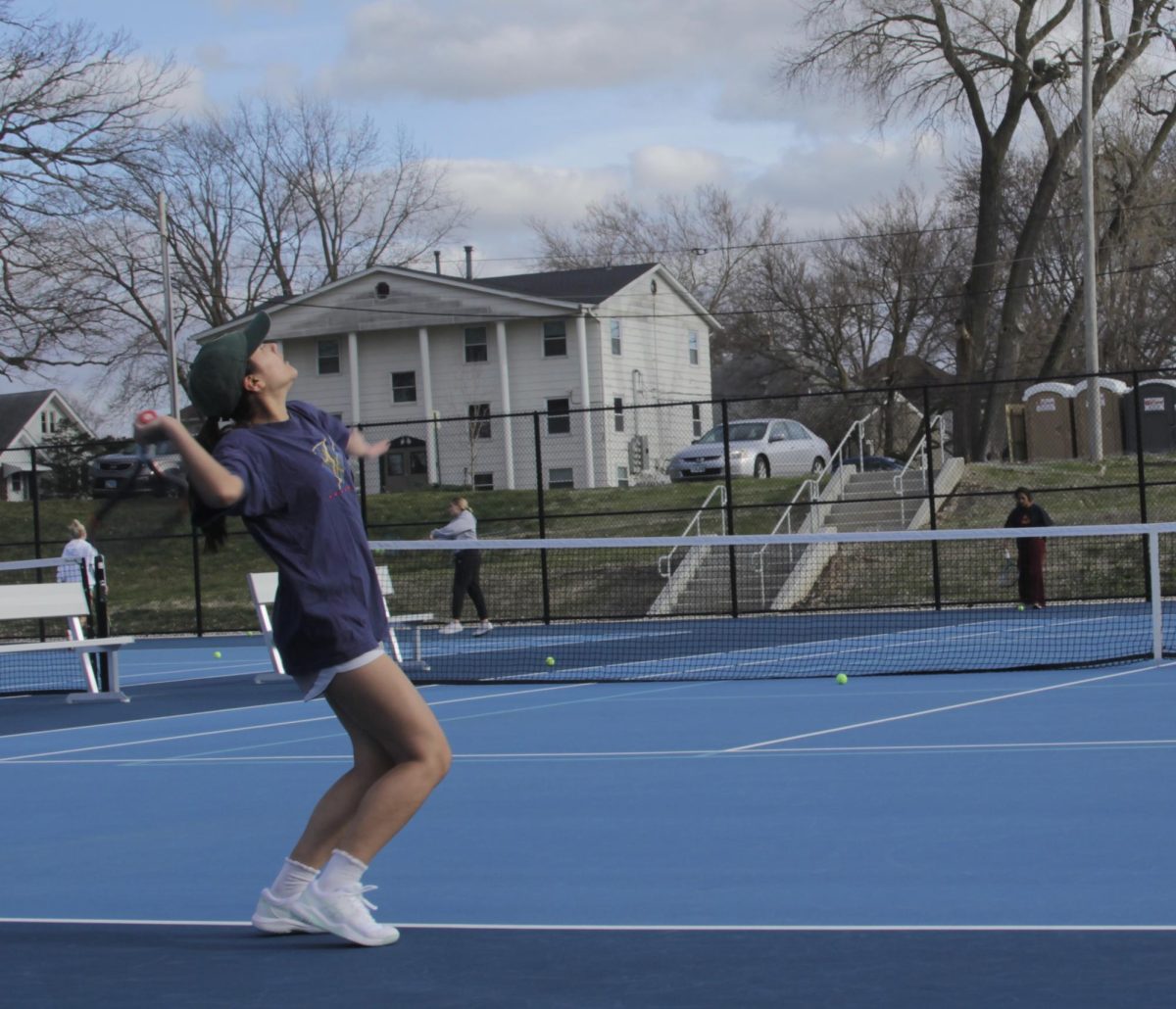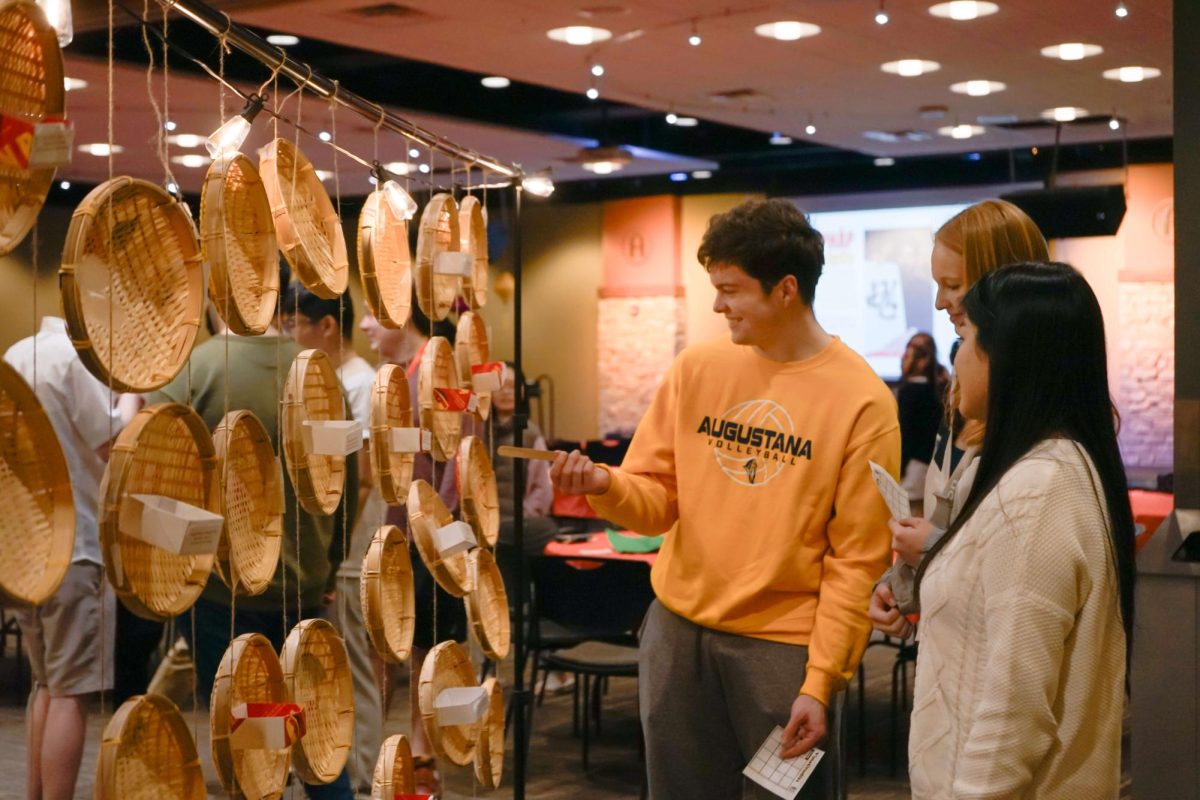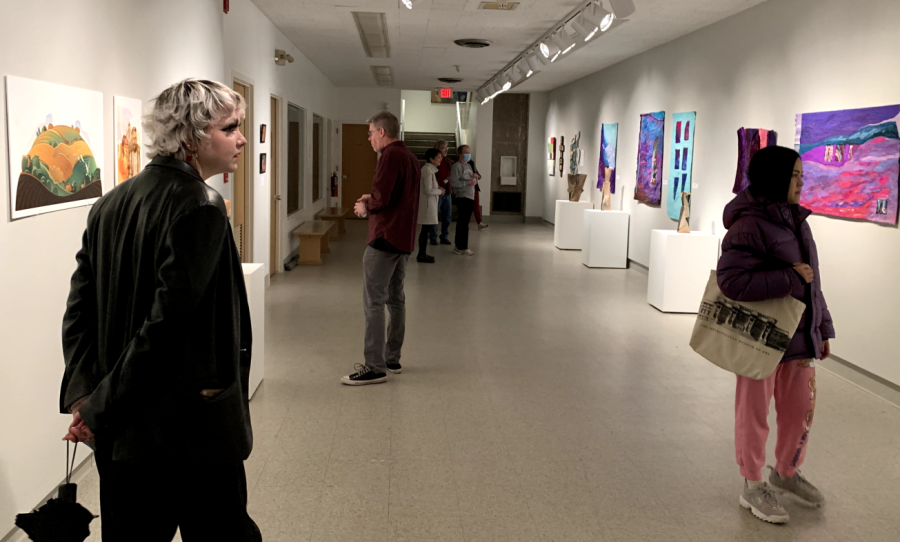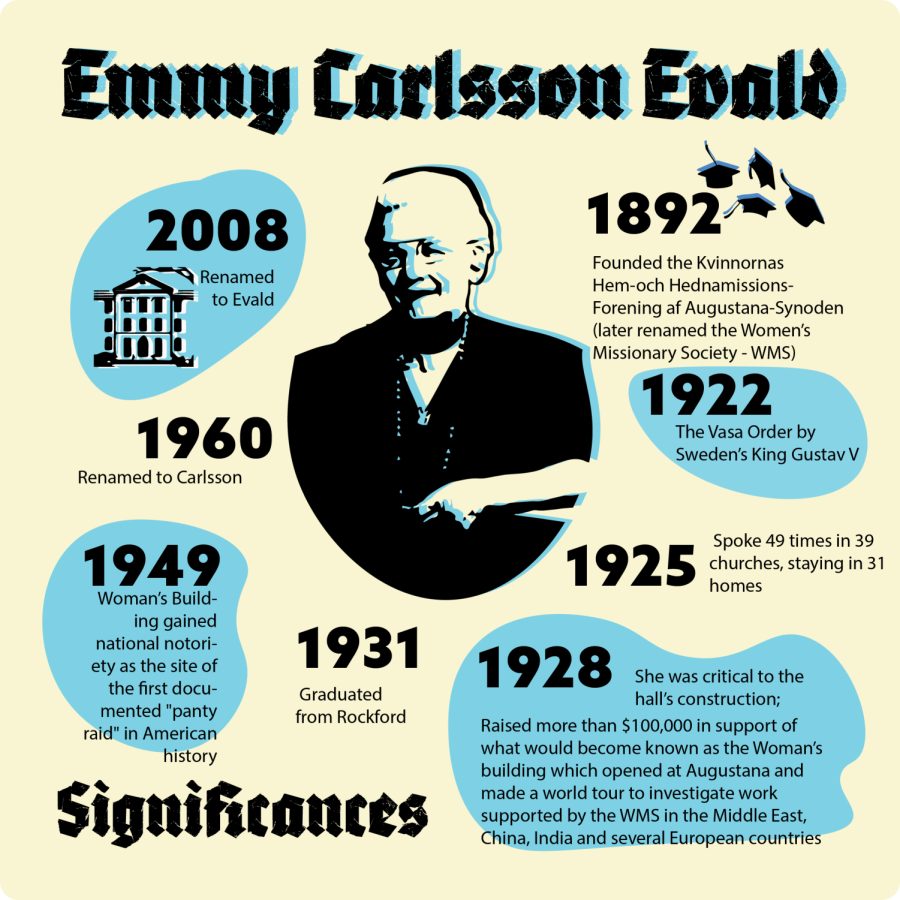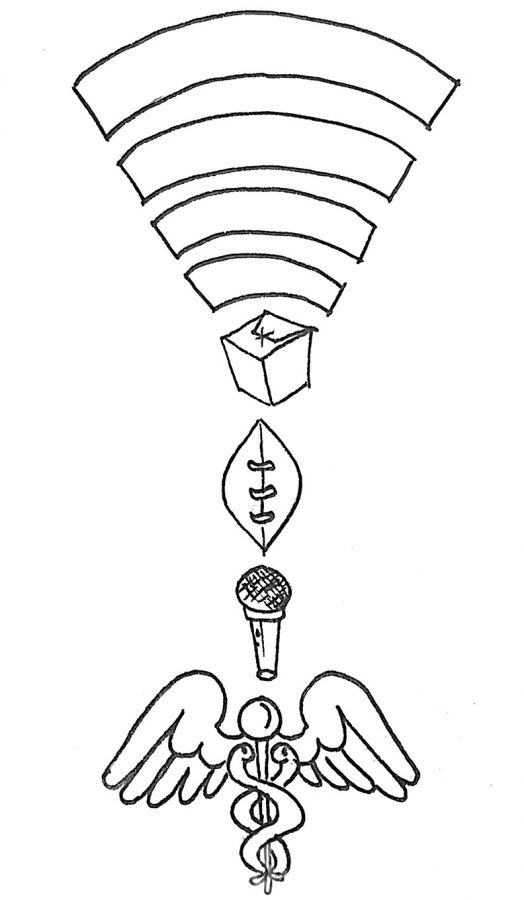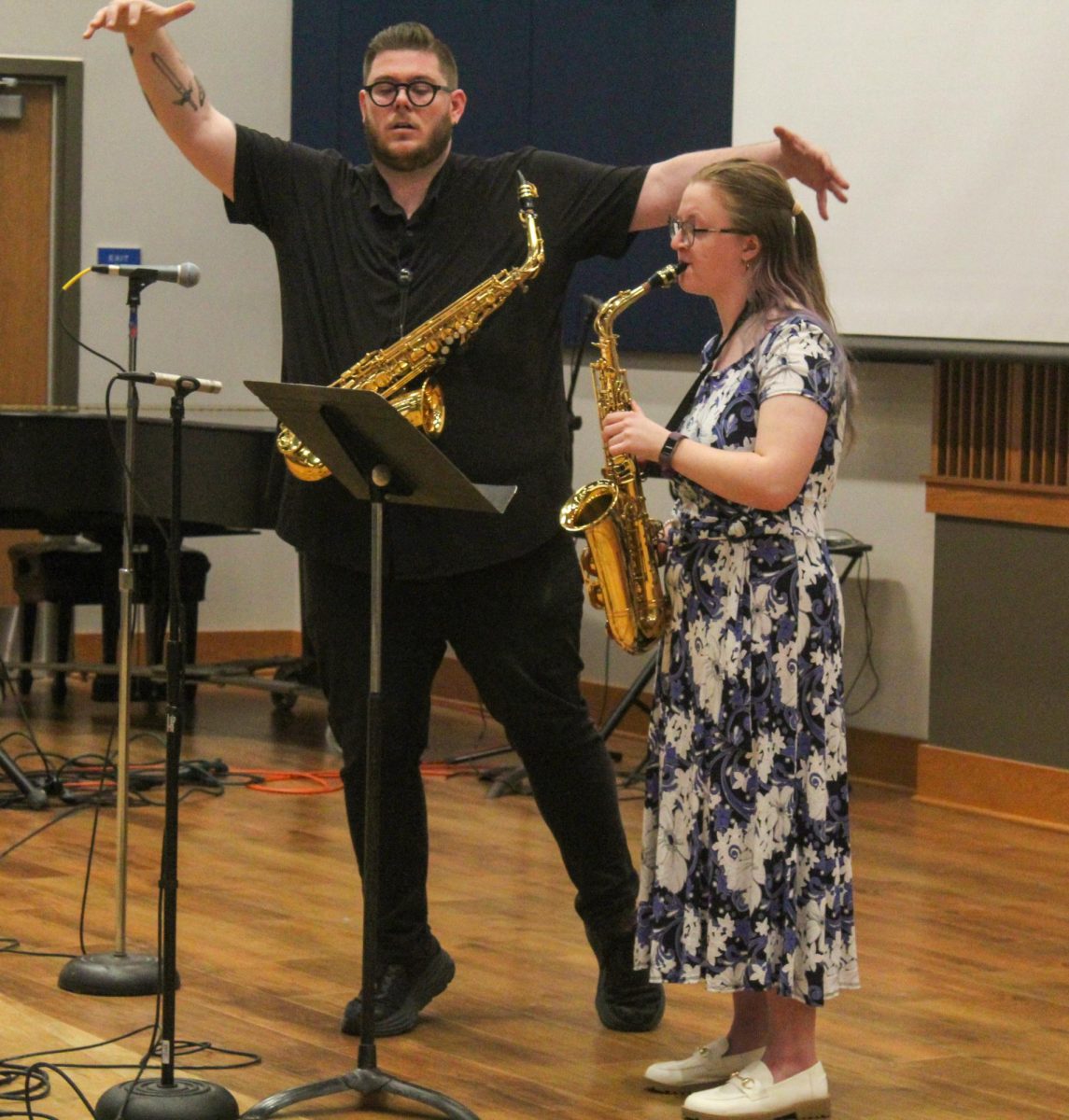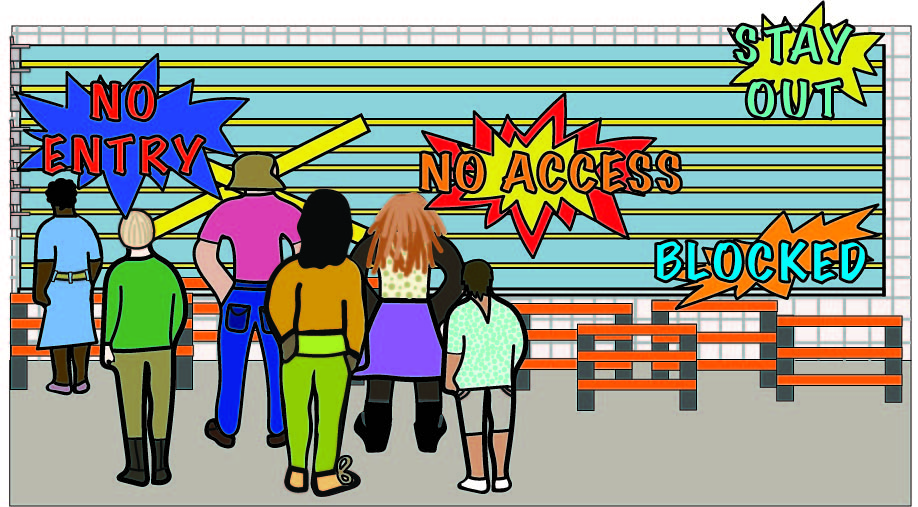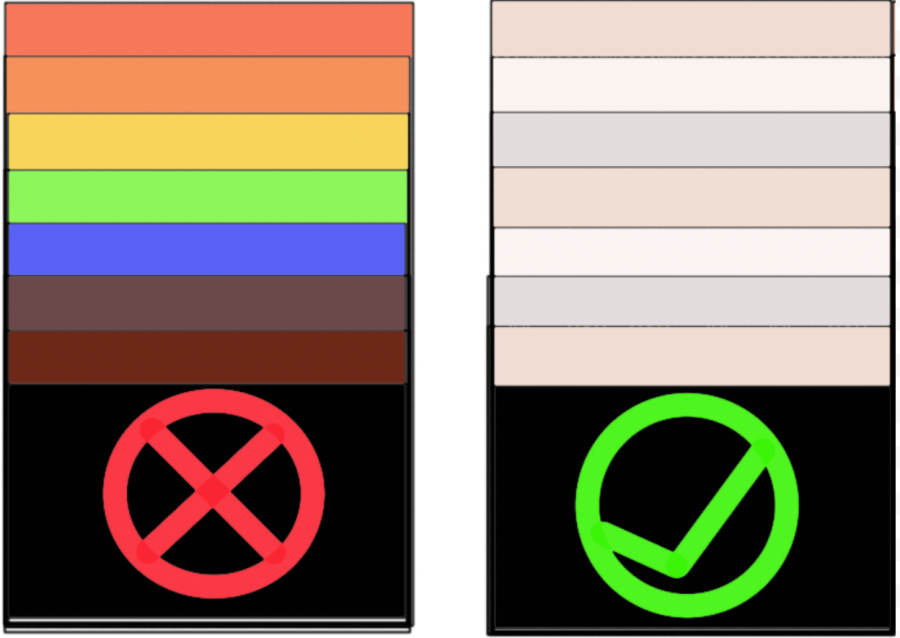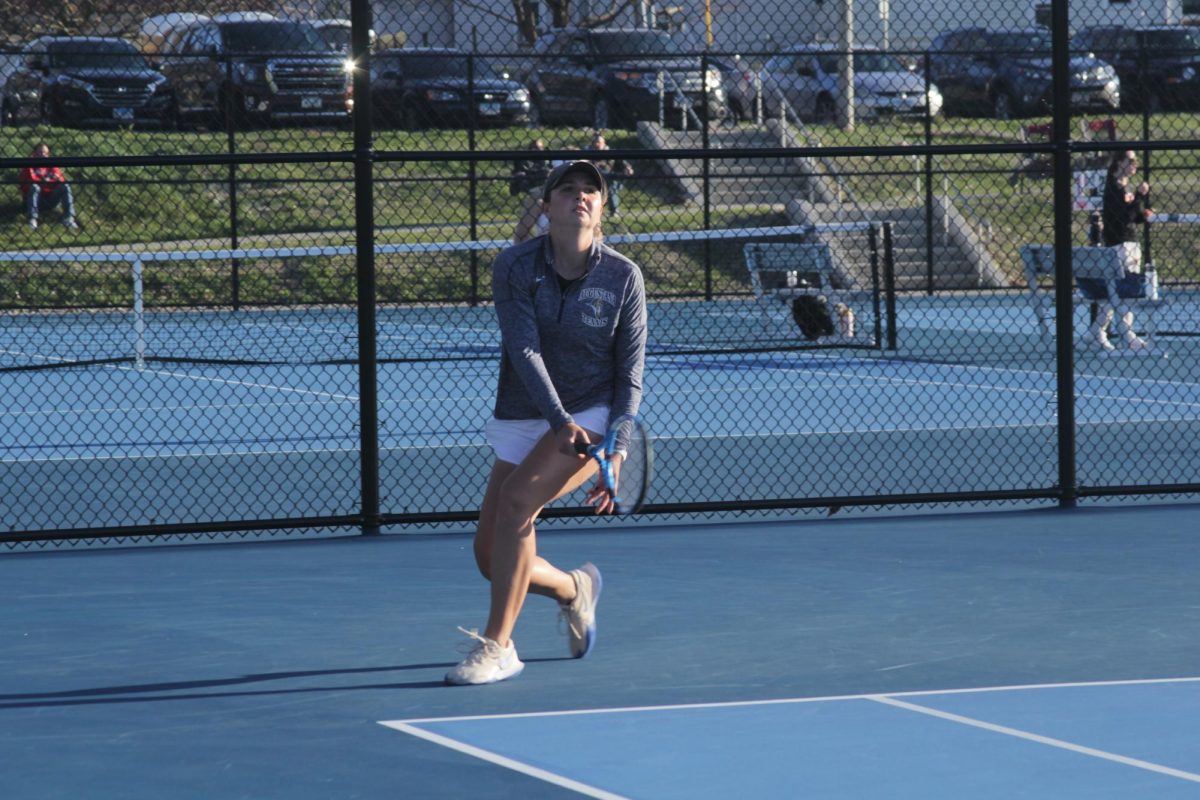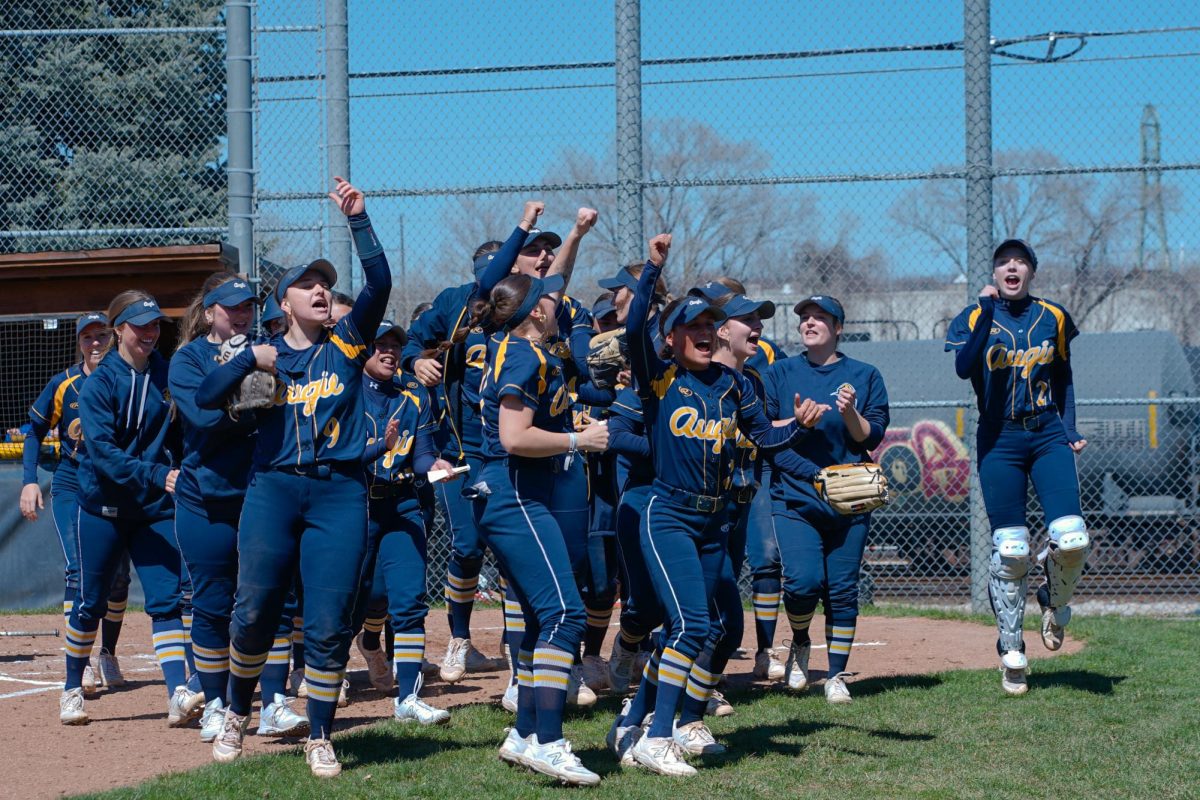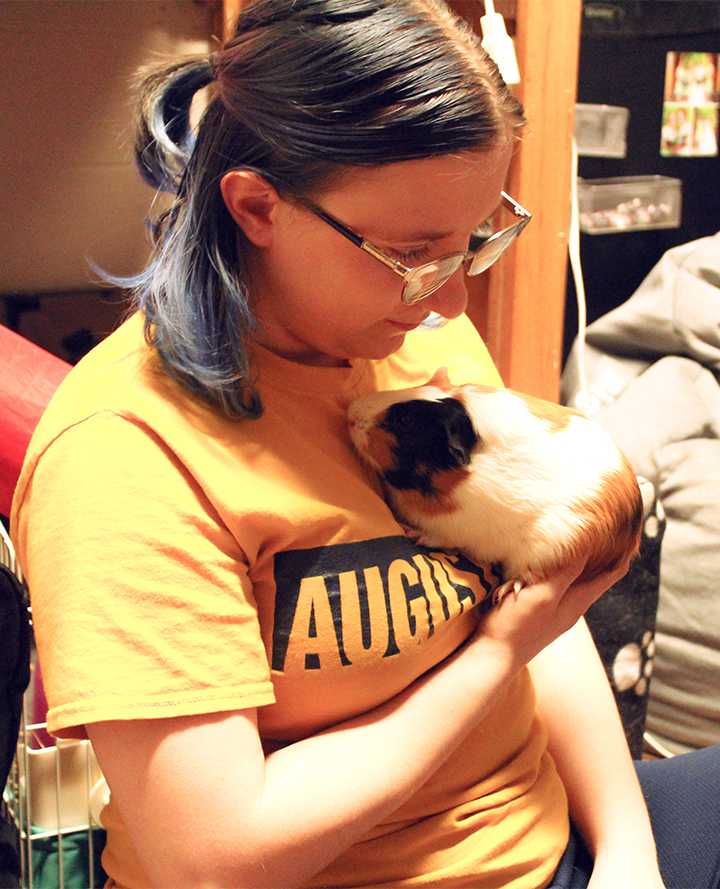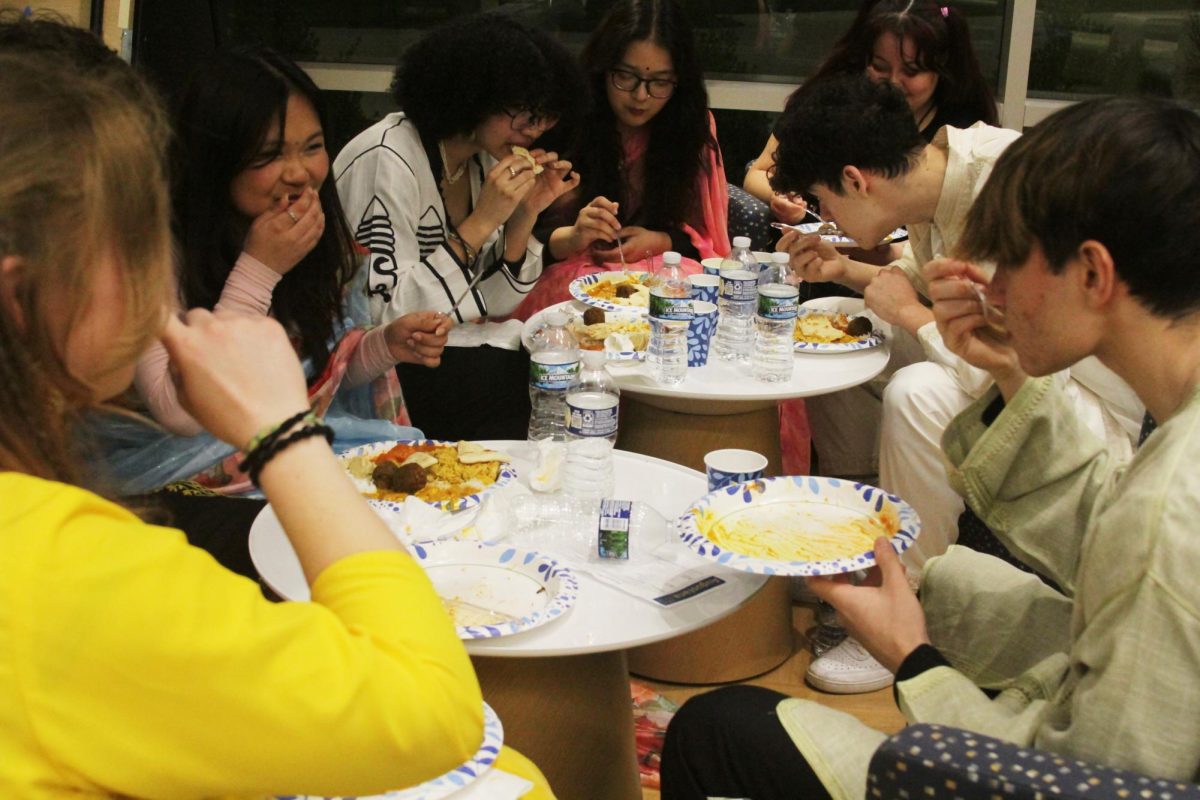How do our pets influence us? This is the question Dr. Laura Brown set out to answer in her discussion titled “How We Love.”
A professor of English at Cornell University, Dr. Brown has researched countless pieces of literature from the 18th century and onward to try to pinpoint just what kind of influence pets have on their owners.
Thursday, Mar. 14, Dr. Brown presented her research for discussion in Old Main. The discussion detailed representations of animals in literature shed light on how human society has viewed and valued them throughout history.
“We spend too much time focused only on the human and when we start getting out of the human-focused topic, such as animals and the environment, that teaches us all kinds of different lessons that we can’t absorb if we’re still obsessed with the human form,” Brown said.
During the talk, Dr. Brown argues and presents literary evidence for petkeeping changing the way we think about love.

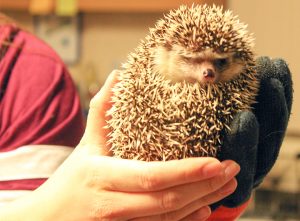
“Petkeeping enables writers to describe connections between humans and animals that are new and unexpected. It changes the way we think about love,” Brown said.
The main focus of the talk was the relationship between humans and lapdogs in the early 18th century as depicted in poems and short stories to show how the dogs change our views of love.
A prominent work Dr. Brown discussed from the 1800s was “Dombey and Son” by Charles Dickens where a dog, Diogenes, teaches the main character and her father to love again through their relationship.
A newer example talked about was White Fang, a novel from the early 1900s by Jack London that has been adapted to film multiple times. The novel’s story is experienced through the eyes of the wolf-dog named White Fang. The animal world and the human world reveal many things people often overlook about the two experiences.
Pets continue to affect us through literature even today, with many film adaptations of animal protagonist led books getting mainstream attention.
“Without these representations of dogs in literature, we would lack a certain perspective on love, and on hierarchy, who’s better or higher, on identity,” Brown said.
The effects of petkeeping are now just coming to be understood on an empathetic level, despite being a common literary topic for the last few hundreds of years. When put in writing, whether as a narrative or a poem, the influences pets have on their owners become vividly clear.
Senior Audrey Rose spoke about her animal companion as well.
When asked about her pet and the relationship she has with it, Rose explained what a positive force her dog Fiona is in her life. This is the second year Fiona has been living with Audrey and is being trained to become a therapy dog.

“The relationship I have with Fiona is a very friendly and positive one, despite her being a weird dog. I can always tell when she is happy or sad,” Rose said. “Fiona can make anyone smile, even on their worst days… having someone like Fiona to come home to every day, who is happy to see me all the time is the best part of owning a pet.”
Owning a pet can show perspectives we can’t get from the human experience. Allowing animals to teach us about love and their experience in the world, broadens the scope of what we as humans can be.
Featured image: Kelly Coons places her ESA guinea pig Pidge on her chest. Photo by Christina Rossetti.


